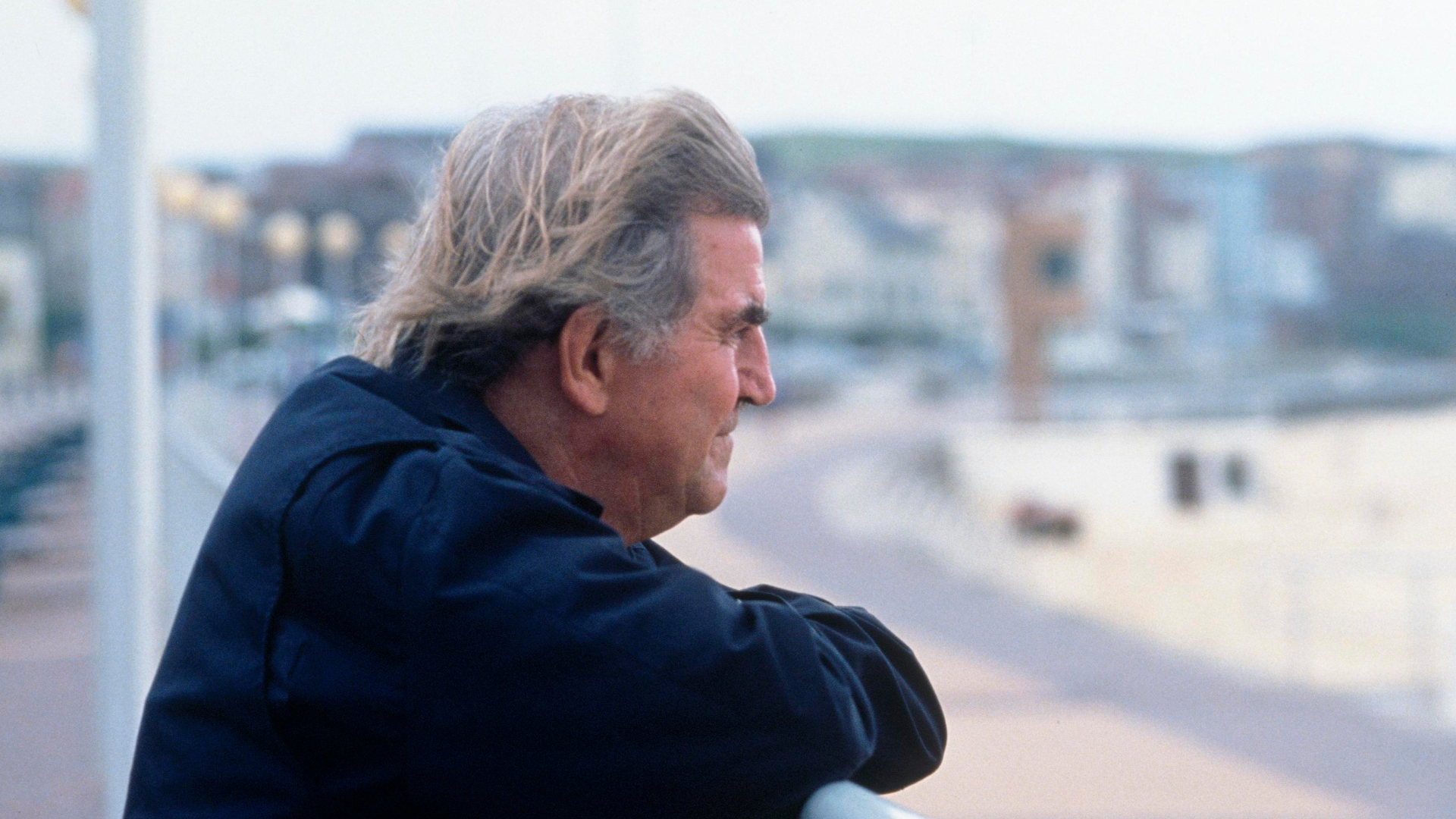14 reasons why we think Fred should be celebrated
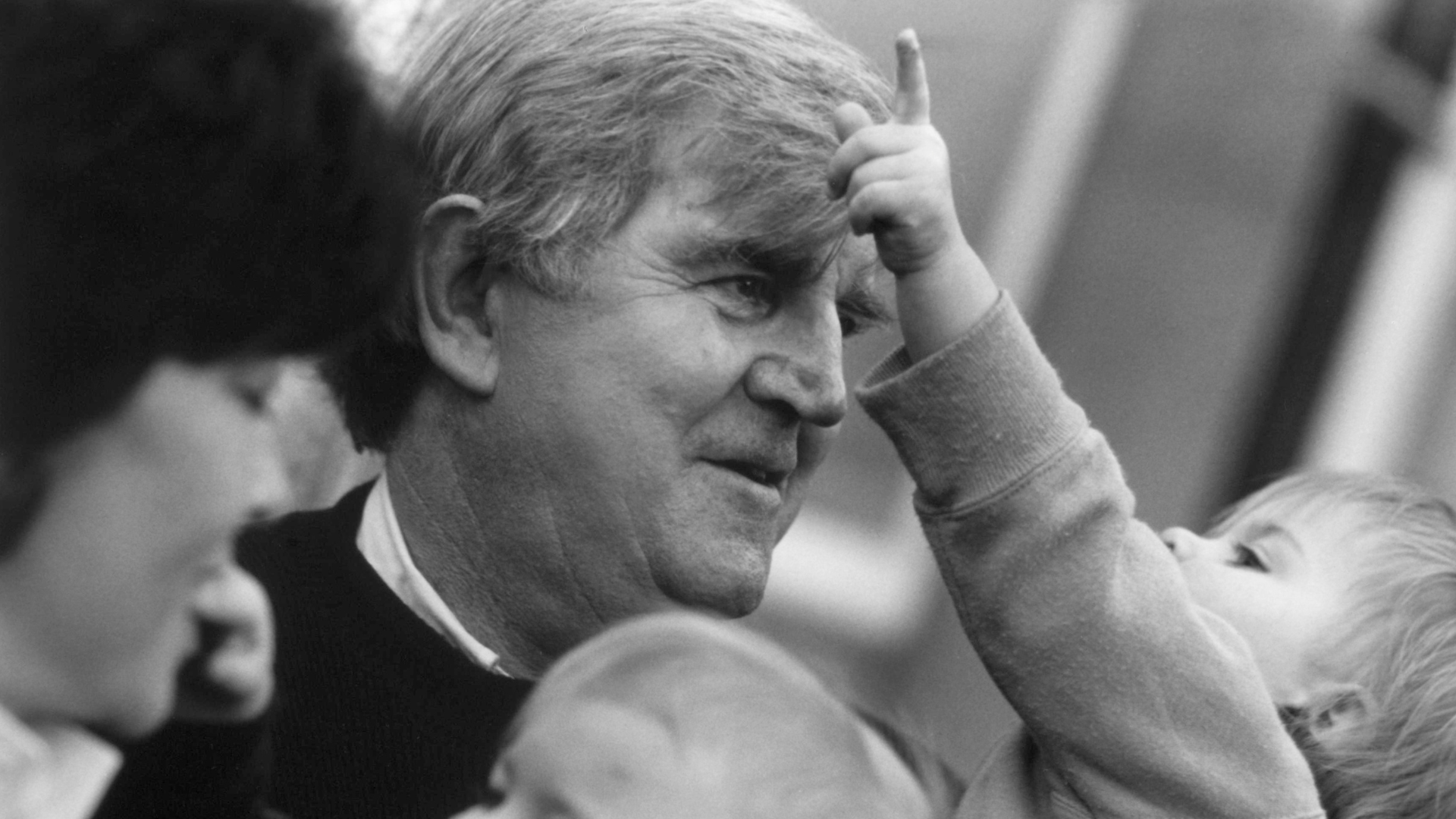
Fred never liked being celebrated on his birthday. He wouldn’t ask for a fuss or material things. He would simply ask us to get on with the job of empowering more people to help end avoidable blindness.
In honour of what would’ve been Fred’s 95th birthday on April 9, here’s 14 reasons we can celebrate Fred for instead.
1. Fred helped establish the first Aboriginal medical service
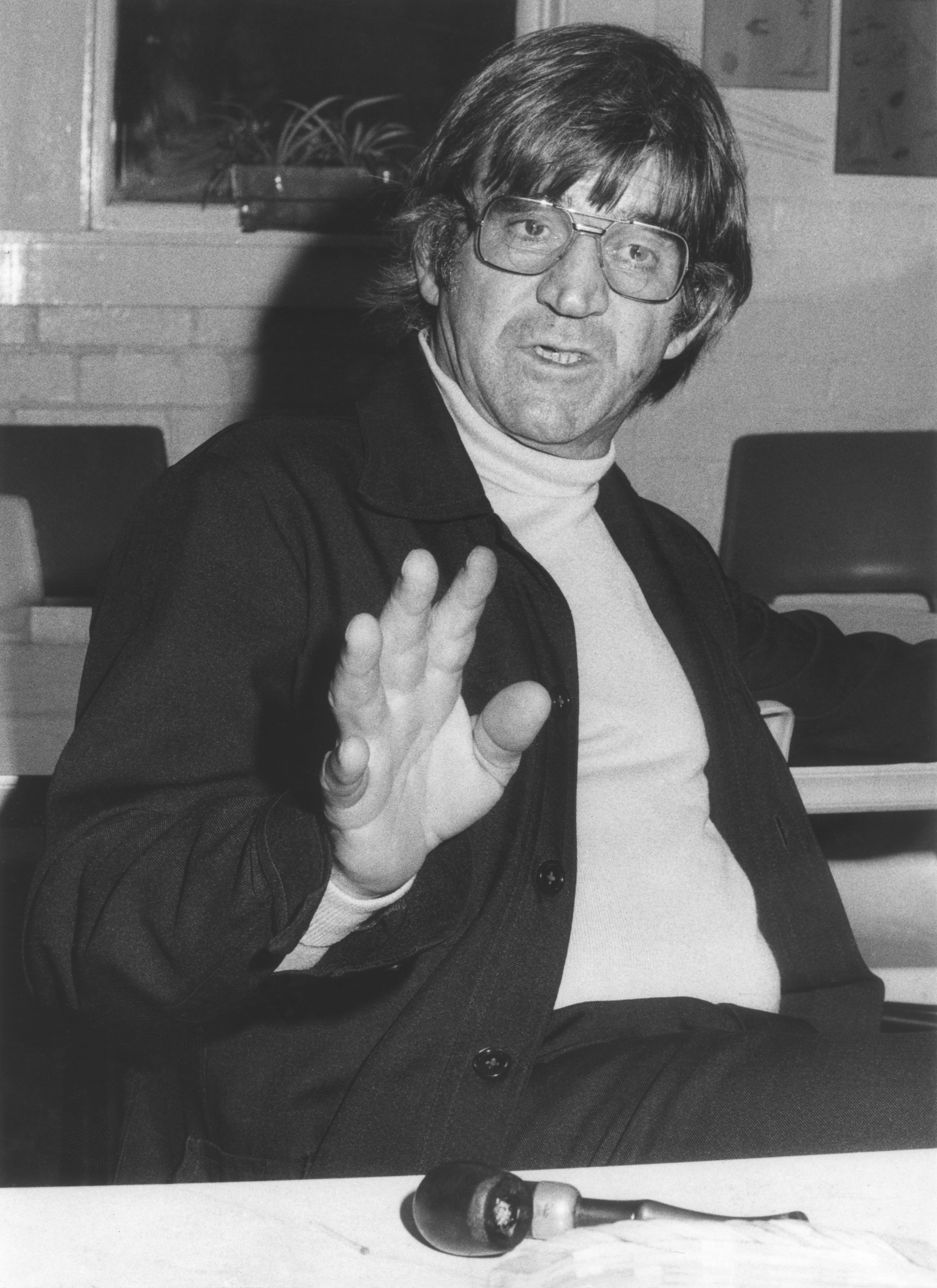
Fred Hollows at the Aboriginal Medical Service in 1980.
Photo credit: Fairfax Photos
When Fred was working at the Prince of Wales Hospital in Sydney in the late ‘60s, he was asked to see two senior Aboriginal men from Wattie Creek (Daguragu) in the Northern Territory. They had eye problems that Fred had never seen before. In fact, they had eye problems that doctors at the time thought were exclusive to Africa – they’d never been seen in Australia.
This sparked Fred’s interest, so he visited the men at Wattie Creek. When Fred began examining people there, he was shocked by the prevalence of blinding trachoma and cataract in men, women and children – a disease he didn’t think existed in modern-day Australia. Fred came back to Sydney fired up. He couldn’t believe the huge gap in living conditions and access to basic health care experienced by Aboriginal people, compared with the rest of Australia.
During the early 70s in Australia, Aboriginal people were not welcome in some doctors’ surgeries and were often pushed to the back of the queue in some public hospital clinics. Fred, alongside the Redfern Aboriginal Legal Service helped establish the first Aboriginal Medical Service in Redfern, Sydney. The centre was so successful that it was replicated around Australia.
2. Fred established training programs to empower local healthcare workers in developing countries
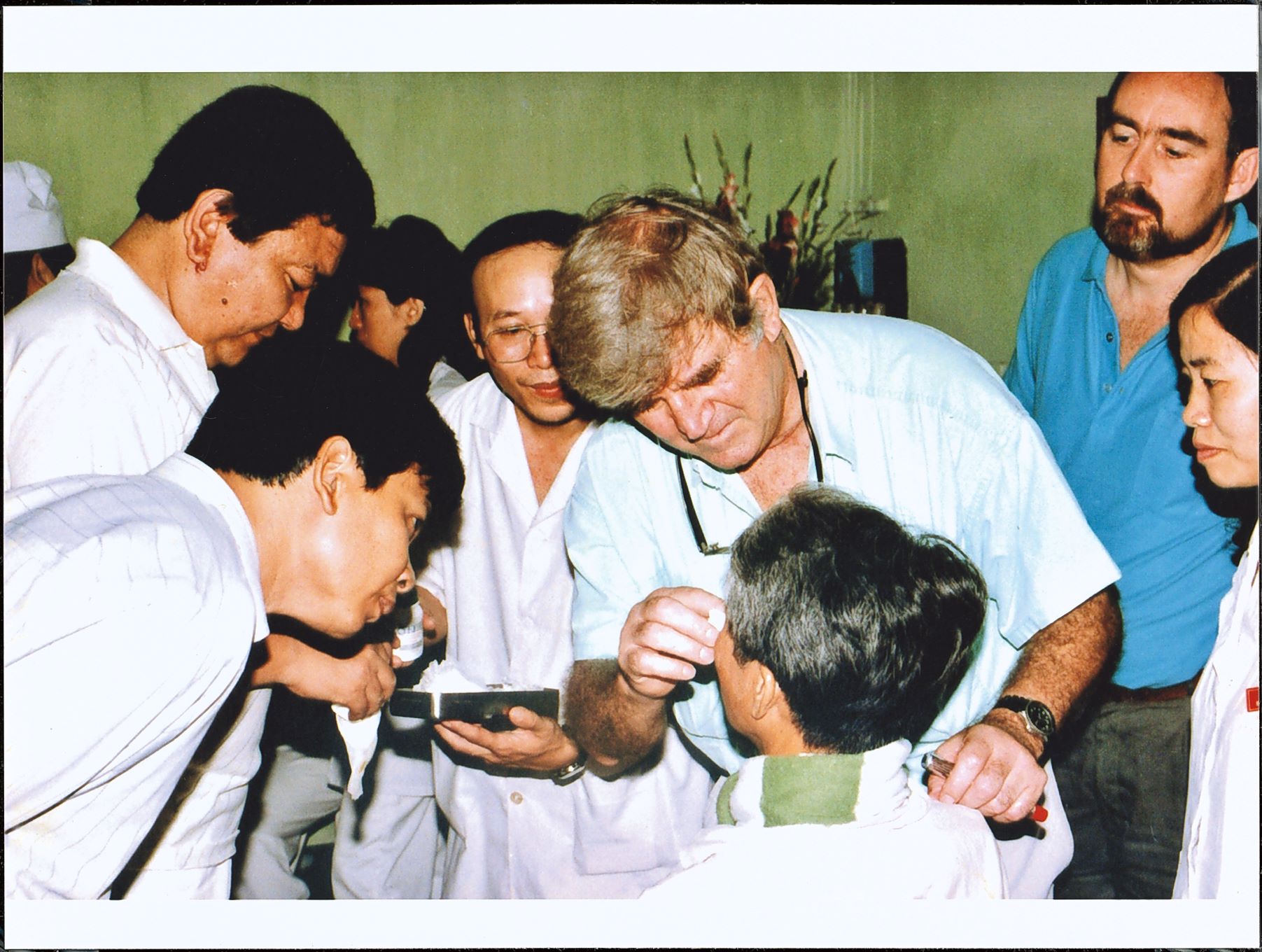
Mr Joe Dalzell, Dr Sanduk Ruit and Fred Hollows at a cataract training workshop in Hanoi, Vietnam.
Photo credit: Michael Amendolia
Fred believed that there should always be three people in a room: a teacher, a student, and a patient. Fred knew that training more eye health workers and surgeons was the only way to end avoidable blindness.
One eye surgeon can restore sight to as many as 2,200 people every year, and they can also train others to do the same. By investing in training, we are ensuring that thousands more people are spared from avoidable blindness.
“Teach the teachers first. Then the teachers can teach others.” - Fred Hollows
3. Fred never worked for notoriety or accolades
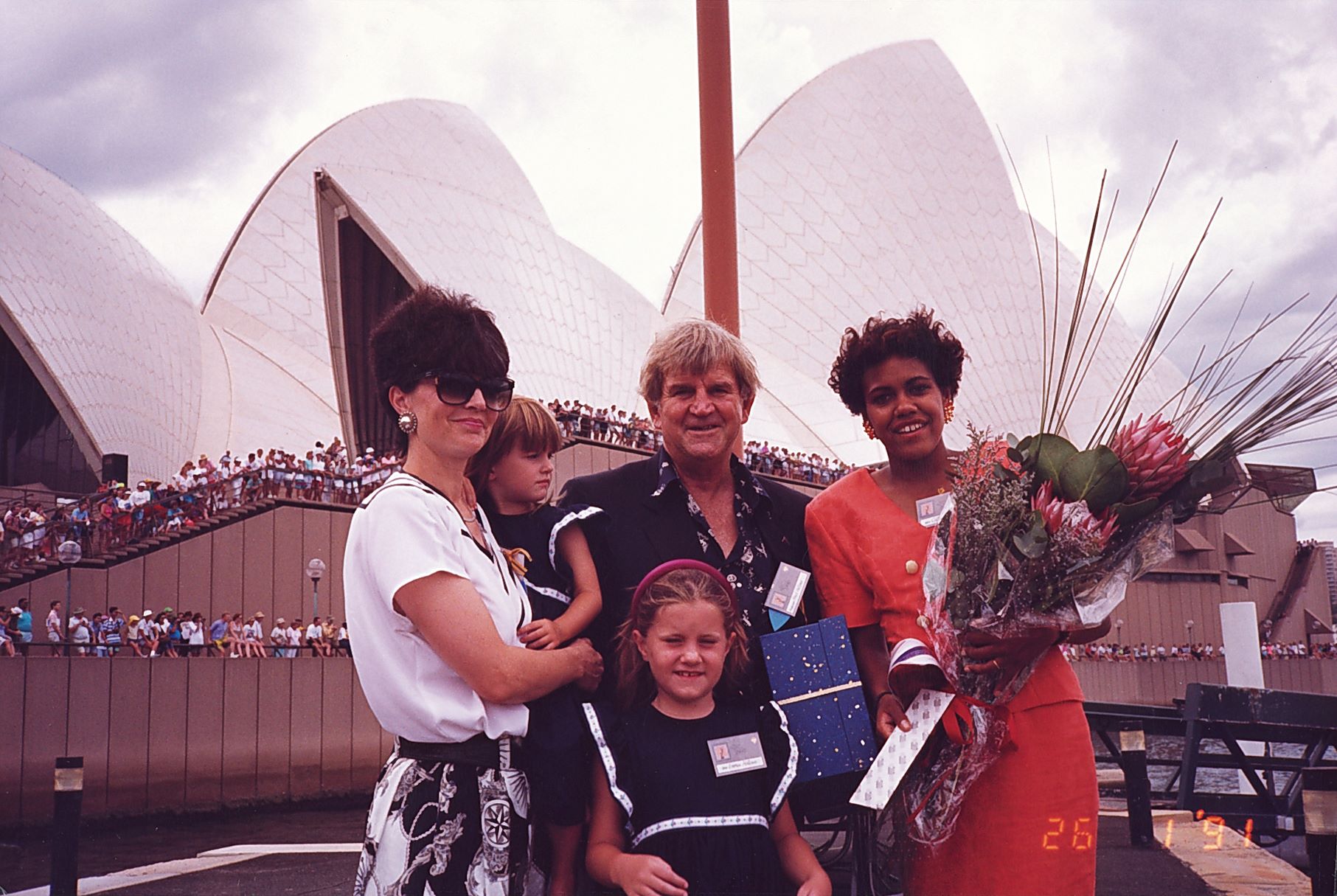
Fred Hollows with Young Australian of the Year Cathy Freeman after the presentation of the Australia Day awards in Sydney on 26 January 1990.
Photo credit: The Fred Hollows Foundation
Fred truly wanted to create a fairer world where everyone had their basic human right to sight.
In 1981, Fred was awarded the Advance Australia Award but was unimpressed at what he called ‘blatant government disinterest’ in eye care for Aboriginal people and refused to accept the Order of Australia in 1985.
However, a few years later Fred saw the potential and platform these awards gave him and accepted them, including the Australian of the Year in 1990, in order to speak out on issues surrounding eye health and equality.
4. Fred created the National Trachoma and Eye Health Program
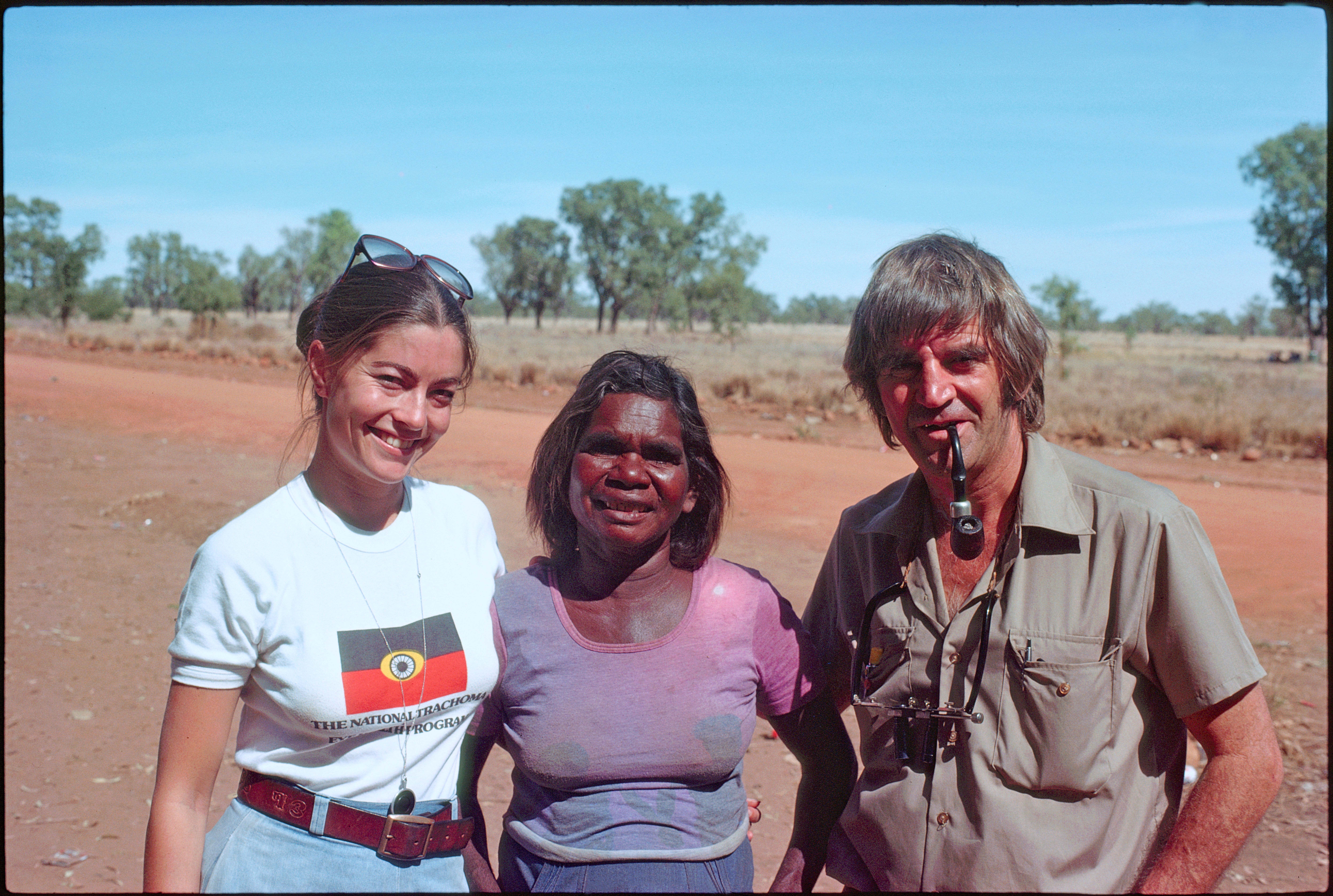
Gabi Hollows, Penny Luck and Fred Hollows during the National Trachoma and Eye Health Program at Christmas Creek in 1977.
Photo credit: David Broadbent
Fred wanted trachoma eradicated from Aboriginal and Torres Strait Islander communities. He wanted Australians to take notice of the appalling living conditions, the lack of access to basic health needs and sanitation people in their own country experienced. The government committed $1.4 million to help Fred launch the program.
From 1976 to 1978, Fred Hollows and his team visited 465 Aboriginal communities in the Outback. They helped some 60,000 Indigenous people and performed 1,000 operations.
5. Fred was determined to set up an Intraocular Lens Factory in Eritrea and Nepal. His groundwork led to the factory being established in 1994, one year after his death
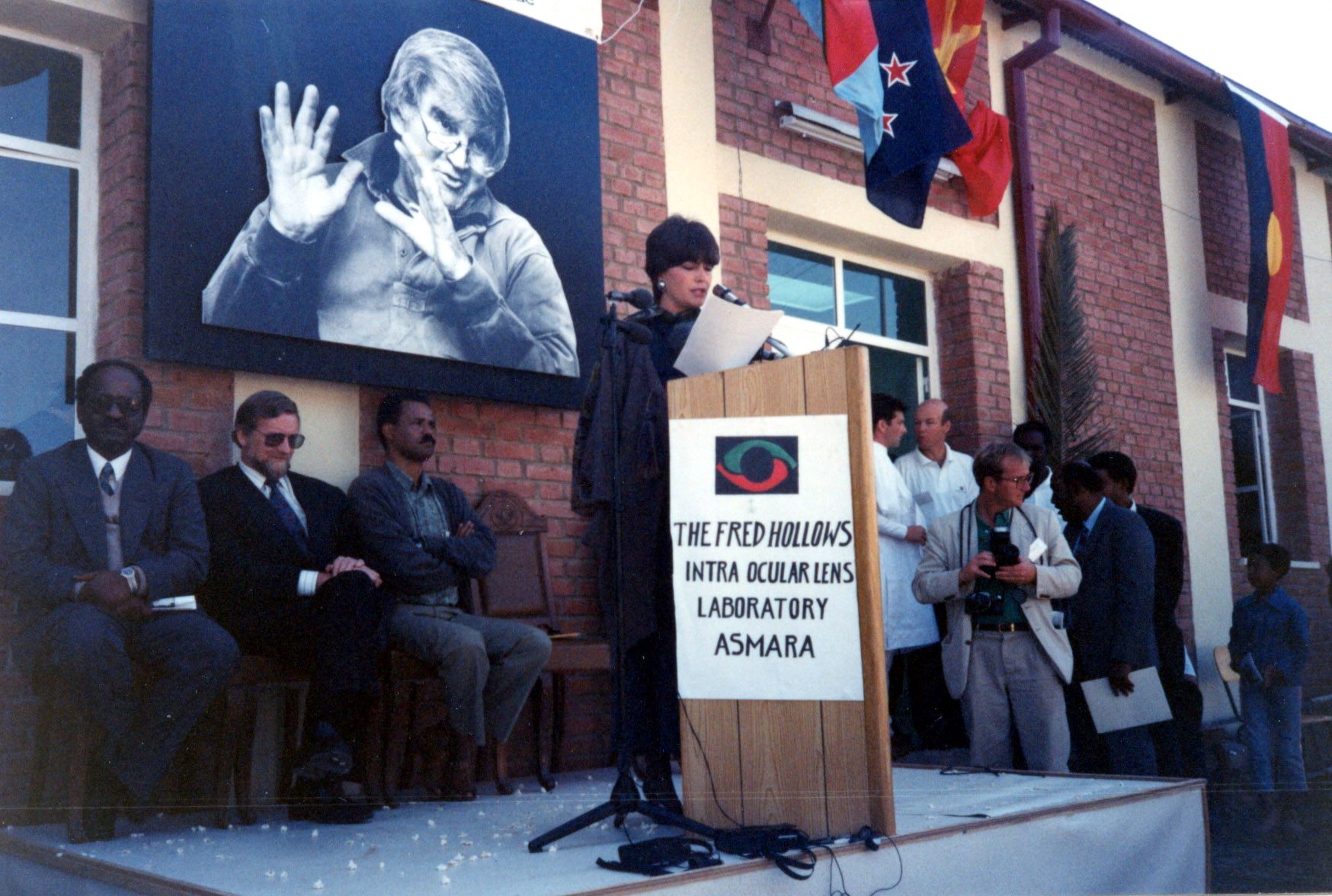 Gabi Hollows at the official opening of the Fred Hollows Intraocular Lens Laboratory in Asmara in January 1994.
Gabi Hollows at the official opening of the Fred Hollows Intraocular Lens Laboratory in Asmara in January 1994.
Photo credit: The Fred Hollows Foundation
Cataract is the leading cause of blindness globally – and intraocular lens' (IOLs) are an integral part of restoring sight to someone with cataract.
When Fred was alive, IOLs were expensive – which meant that low-cost cataract surgery was considered an impossibility. However, Fred put the pieces in place to create state-of-the-art intraocular lens factories in Nepal and Eritrea.
These amazing pieces of plastic are the reason The Foundation can perform a cataract operation for as little as $25.
Fred’s work in Eritrea led him to being named as Eritrea’s first honorary citizen.
6. Fred emphasised the need for sustainable solutions to address global health disparities
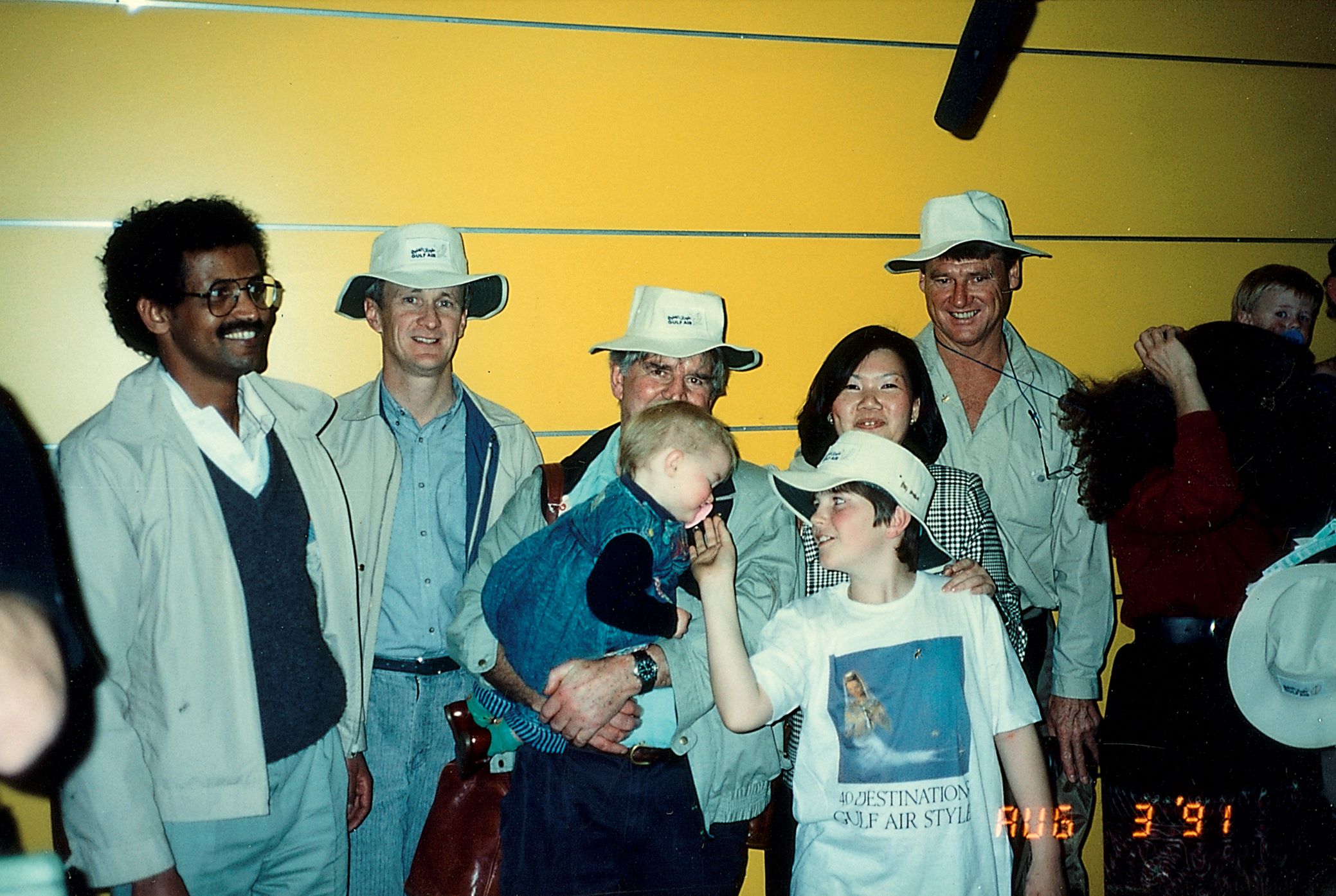
Fred Hollows in Eritrea with his family in 1991.
Photo credit: The Fred Hollows Foundation
Fred believed in empowering people to look after their own communities. He never wanted to come into a community, do his sight-restoring work and leave – he wanted to find a sustainable solution to help local communities survive. Building intraocular lens factories locally was a key factor in helping provide a lifeline for countless impoverished communities.
7. Fred’s friendship with prominent Aussie’s, like Journalist Ray Martin, helped raise significant funds and helped support The Foundation’s work in Eritrea, Nepal and Vietnam
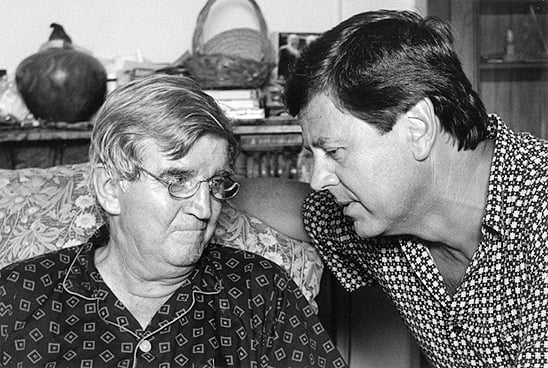
TV presenter and friend Ray Martin with Fred Hollows shortly before he passed away in January 1993.
Photo credit: Michael Amendolia
You may know Ray Martin as a legendary journalist and TV personality, but within the walls of The Fred Hollows Foundation, he’s better known as our first chairman and Fred’s old mate.
Ray and Fred first met in 1980, when Fred and Gabi were finishing up the National Trachoma and Eye Health Program. Ray was working for 60 minutes, and Fred agreed to a story to raise awareness about the terrible living conditions and eye disease in rural and remote Aboriginal communities.
“I have said it many times – Fred and Sir Donald Bradman are the most remarkable men I have ever met.” – Ray Martin
8. Fred mentored Dr Sanduk Ruit in the mid-80s. He went onto restore sight to over 120,000 people in Nepal
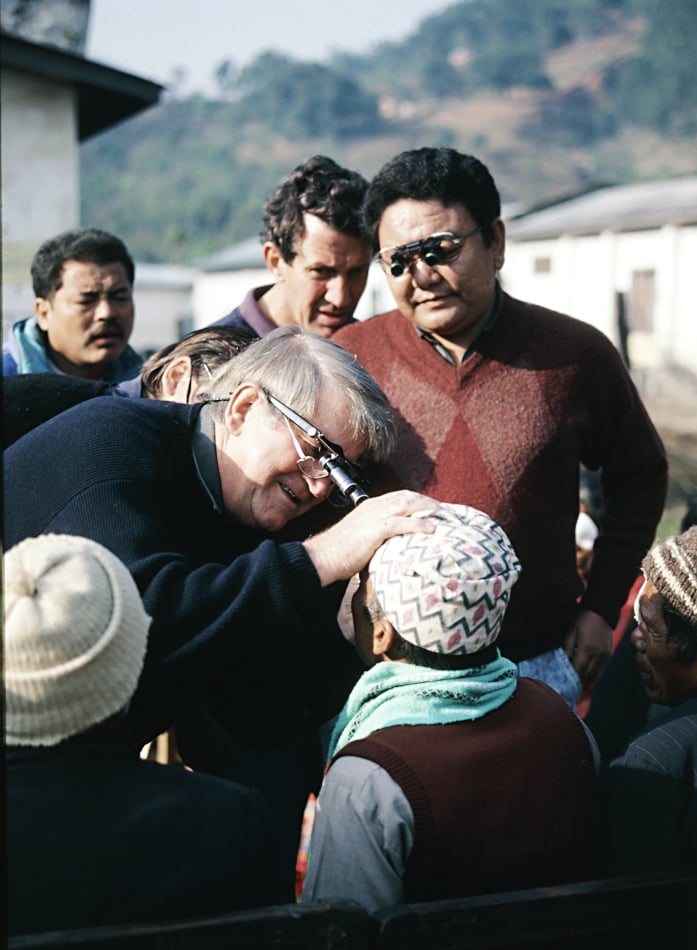
Professor Fred Hollows examines patient while Dr Sanduk Ruit watches on.
Photo credit: Pat Fiske
Whatever you call it – fate or coincidence – the meeting of Fred Hollows and Sanduk Ruit was historic: two people who took modern cataract surgery to people in developing countries, enabling millions of people around the world to see.
It was the in the ‘80s, while Dr Ruit was working on the Nepal Blindness Survey. Over many nights talking about the world, both men quickly realised they shared the same vision: to bring affordable eye care and modern cataract surgery to people living in Nepal and other developing countries.
In 1987-88, Dr Ruit came to Australia to live and train with Fred. At that time, intraocular lenses were considered too expensive, risky and difficult for treating blindness in developing countries.
9. Fred’s advocacy for policy reform helped shape national and international agendas on eye health
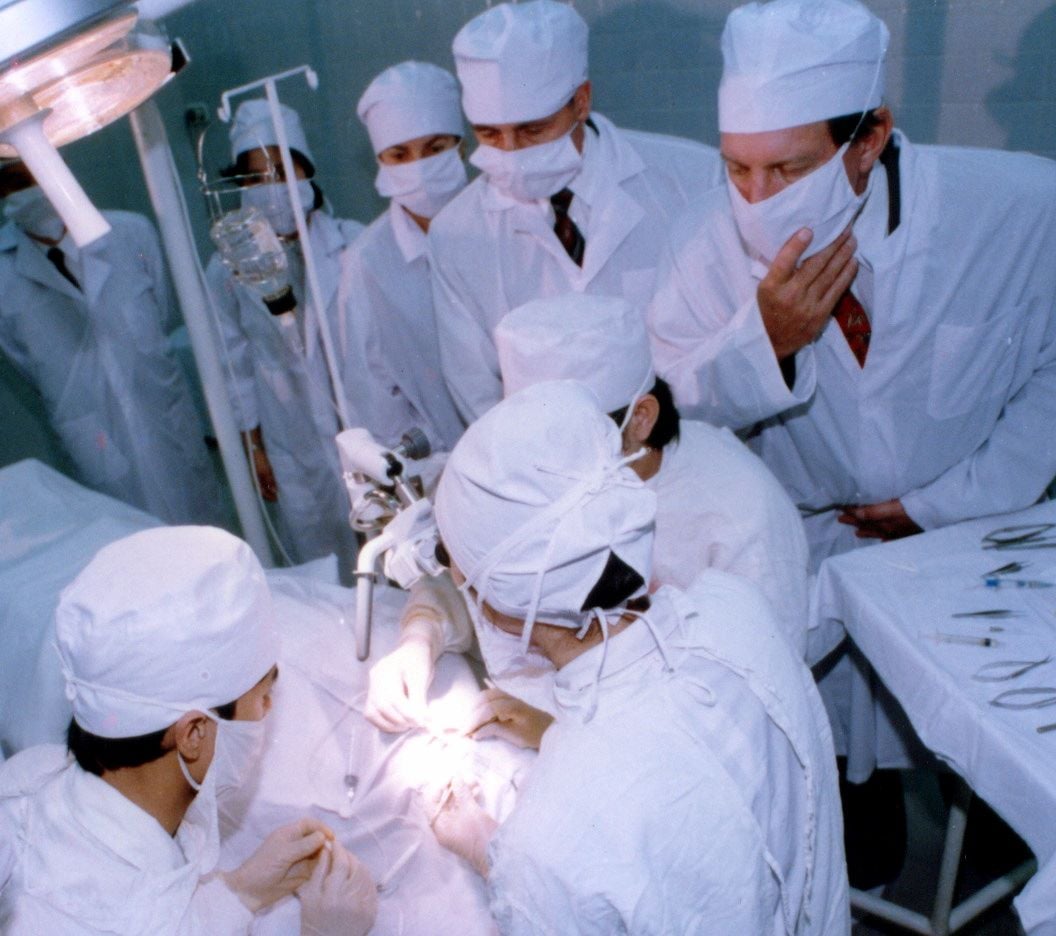
Prime Minister Paul Keating (back right) watches eye operation at the Institute of Ophthalmology in Hanoi, Vietnam in 1994.
Photo credit: The Fred Hollows Foundation
Fred’s advocacy work was all about achieving social and policy change. He lobbied governments to commit budget to eye health, shifted public attitudes to see the importance of eye health, especially in outback Australia. Now, The Foundation still works to strengthen national health systems with a focus on eye health, encourage in-country government support for better resources, empower local workers to implement effective eye interventions, and create financial systems that ensure services are affordable to everyone, no matter where they live.
10. Fred famously checked himself out of hospital when he was gravely ill to train 300 ophthalmologists in Vietnam
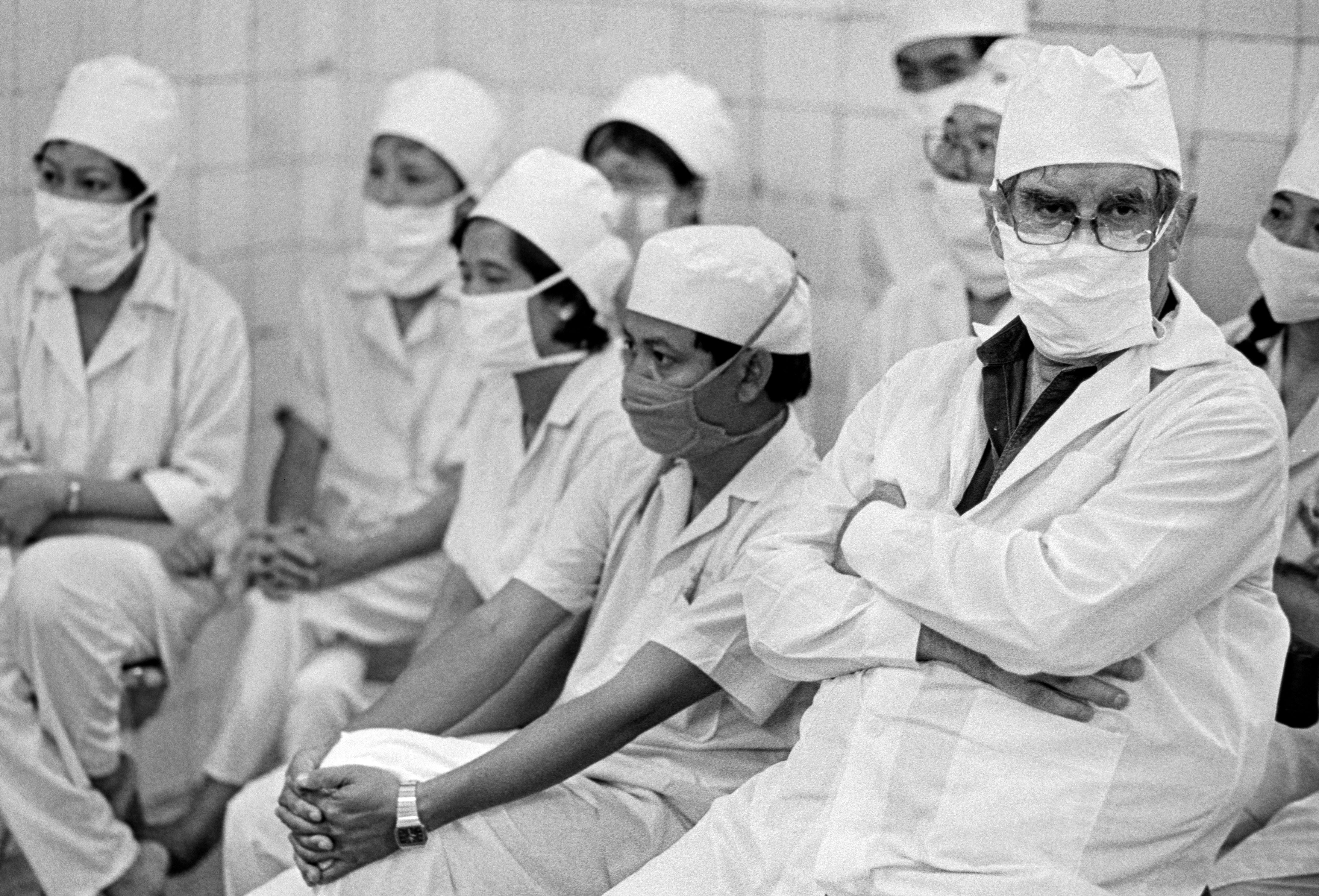
Fred Hollows training ophthalmologists in Hanoi, Vietnam six months before his death.
Photo credit: Michael Amendolia
The Foundation has a long history in Vietnam. Fred Hollows first arrived there in 1992 with plans to help local surgeons improve their cataract surgery skills. The team learned that only 50 “modern” cataract surgeries were being performed in Vietnam per year by just two eye surgeons.
Fred asked the surgeons if they wanted to learn the new techniques and they were overwhelmingly keen. Fred made a promise to return to Vietnam and train the country’s ophthalmologists.
He famously checked himself out of hospital when he was gravely ill with cancer to return and keep his promise to train ophthalmologists in modern cataract surgery techniques.
Over the next few years, despite Fred’s death, more than 300 Vietnamese eye doctors were trained in modern surgical techniques.
As Fred said: “Teach the teachers first, then the teachers can teach others.” Today, more than 1,000 Vietnamese surgeons perform around 250,000 cataract surgeries every year.
11. Fred’s humility and modesty endeared him to people from all walks of life
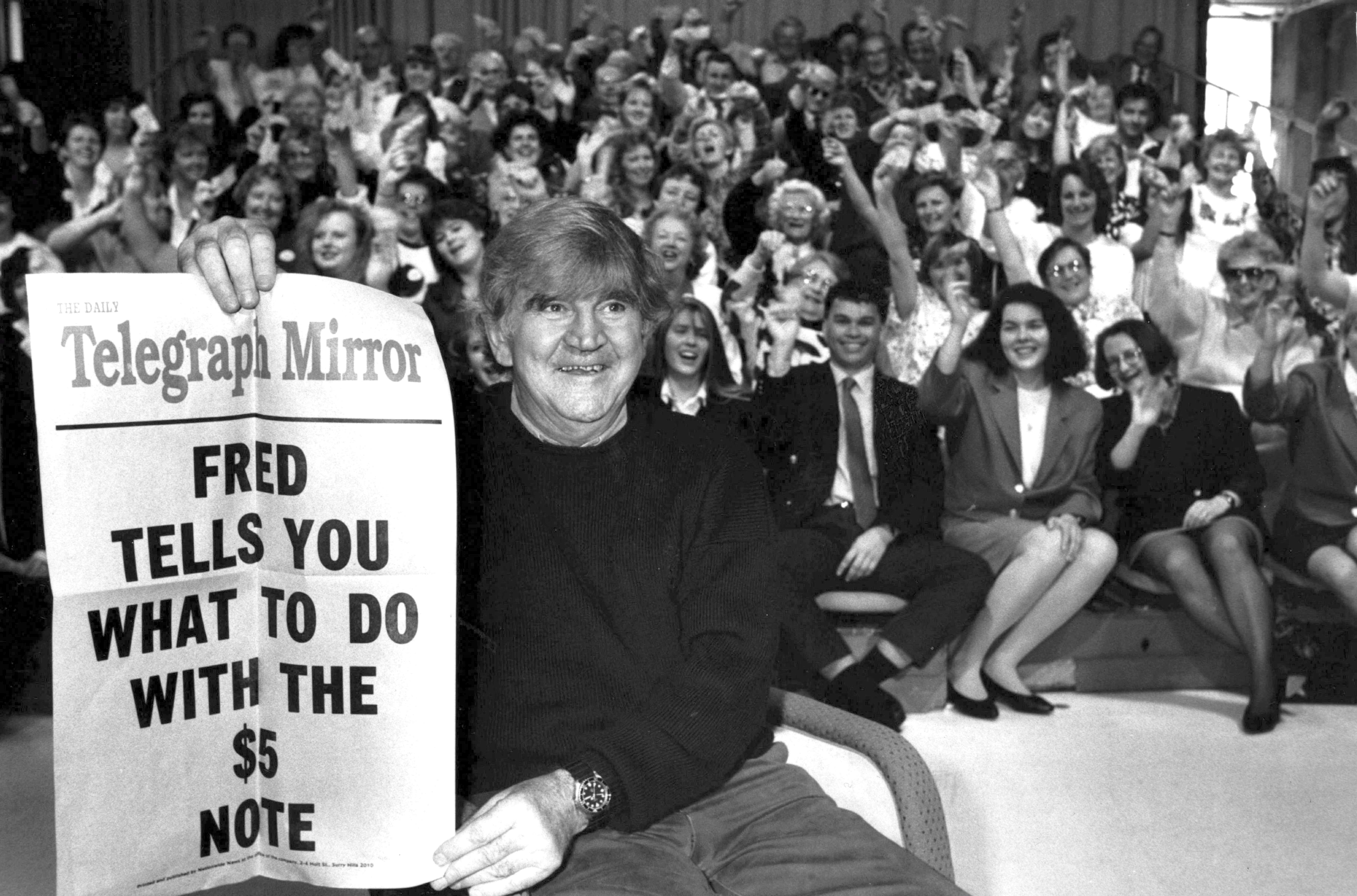
Fred Hollows at the Channel Nine Midday show, encouraging viewers to donate $5 to a Westpac branch.
Photo credit: Newspix
Fred’s was a man led by his principles and values. His commitment to his principles, underpinned by his humility and modesty, earned him the respect and admiration of colleagues and peers. Fred’s legacy continues to inspire acts of kindness and generosity in his honour.
12. Fred challenged the notion that blindness is an inevitable consequence of poverty
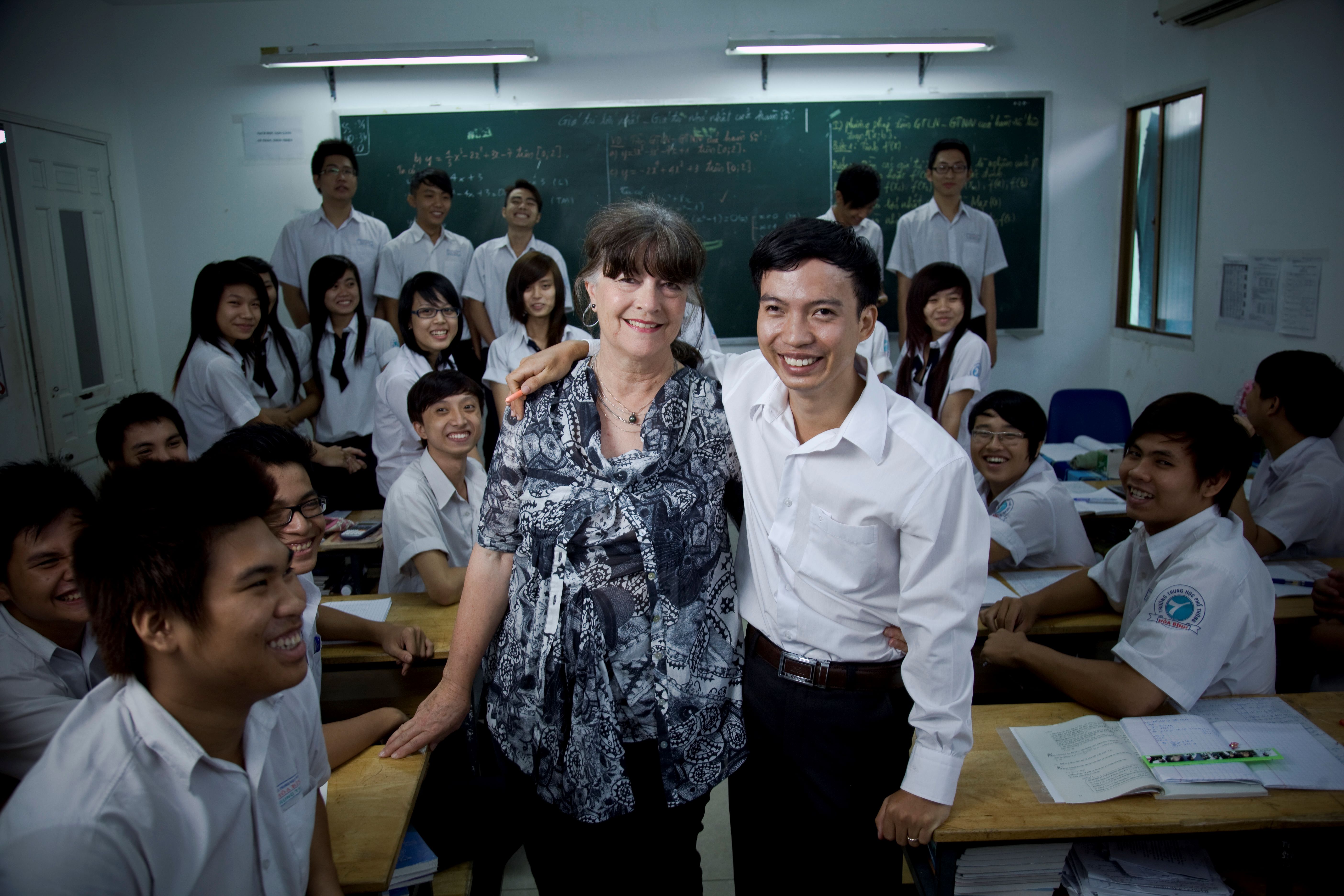 Gabi Hollows pictured with teacher Tran Van Giap in his year 12 mathematics class. Fred Hollows saved Giap's sight when he was a young boy.
Gabi Hollows pictured with teacher Tran Van Giap in his year 12 mathematics class. Fred Hollows saved Giap's sight when he was a young boy.
Photo credit: The Fred Hollows Foundation
Many people resigned to that fact that blindness was unavoidable. Fred never saw it that way. He was a voice for the voiceless, and continually advocated for their livelihoods while educating the Australian government and public that there was a solution, and 9 out of 10 cases of blindness are avoidable.
13. Fred was a dedicated family man, raising five children with his wife, Gabi Hollows
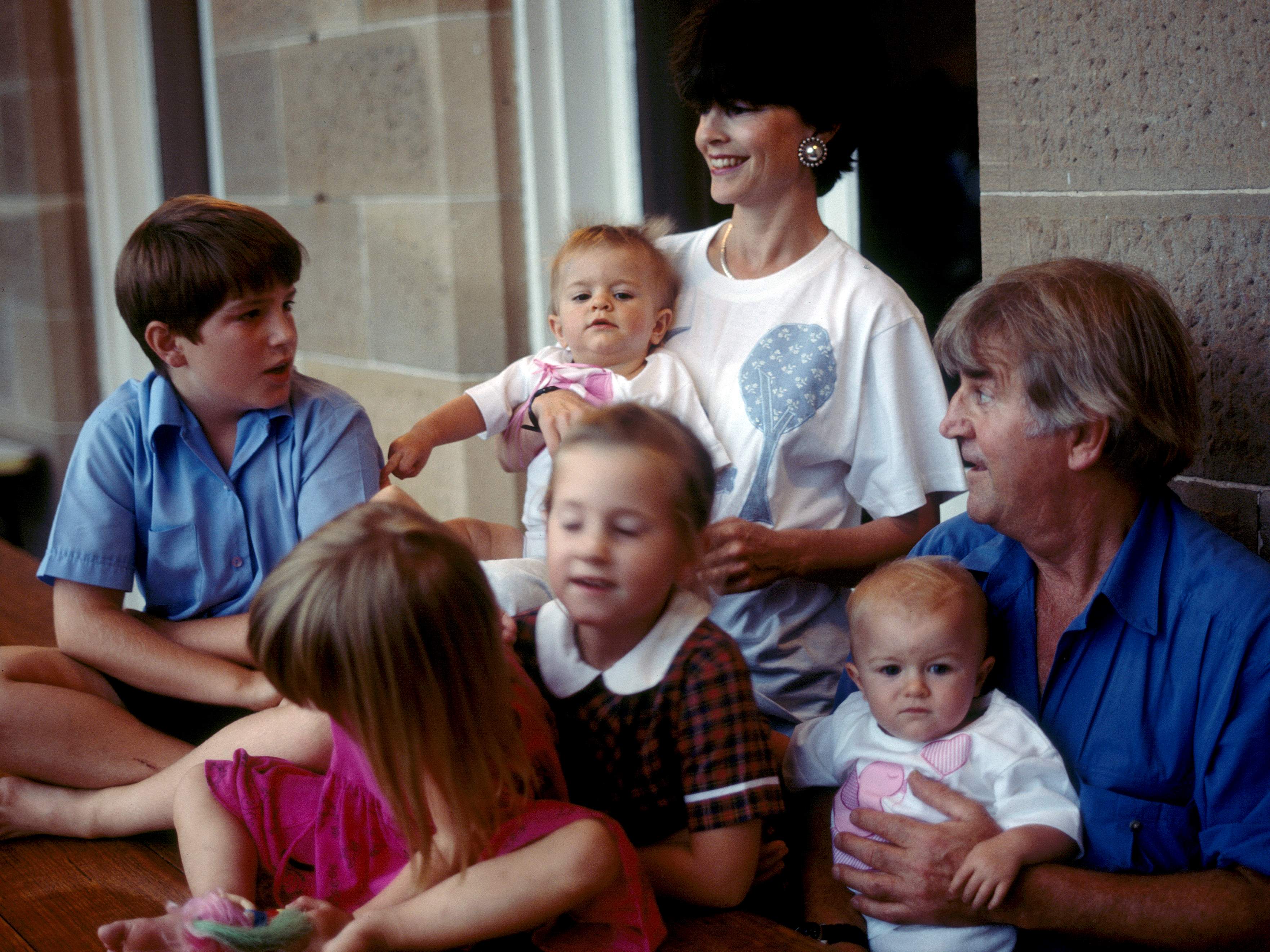
Fred and Gabi Hollows with their children at Farnham House.
Photo credit: J Barry Anderson
Even through Fred’s busy life and dedication to restoring sight across the world, Fred was a dedicated family man. He raised five young children – Cam, Emma, Anna-Louise, Ruth and Rosa – with his wife Gabi until his passing in 1993. Gabi went on to raise their five children under 10 and established the non-profit that the couple envisaged before Fred died.
14. Fred’s legacy lives on through The Foundation, established before his death in 1993
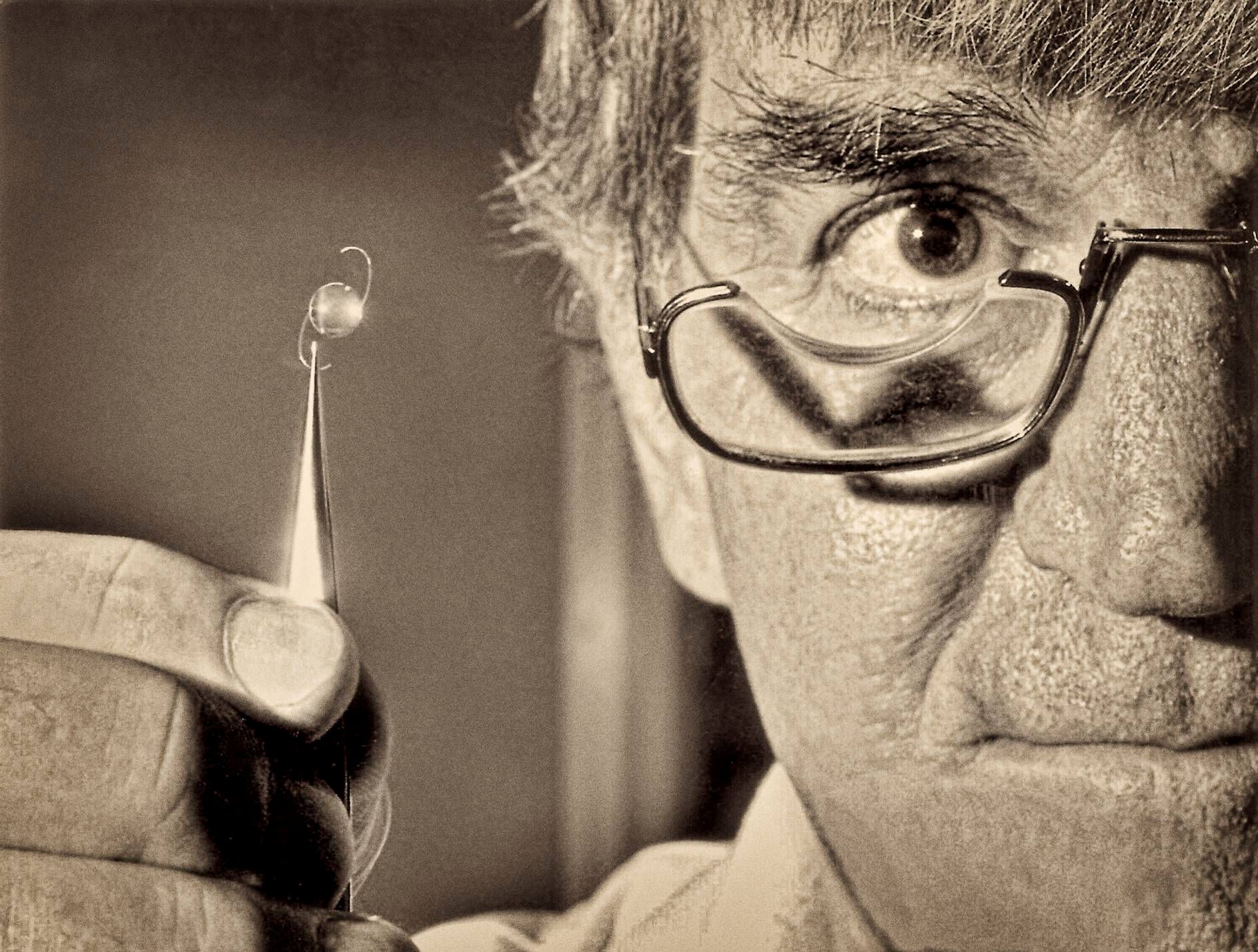
Fred Hollows holding an Australian made intraocular lens used on Eritrean patients in 1990.
Photo credit: George Fetting
Since Fred’s passing, The Fred Hollows Foundation has restored sight to more than 3 million people. We continue our on the ground training, advocating, educating, treating and rebuilding facilities in more than 25 countries around the world. The Foundation works with our partners and local communities towards our common goal – to end avoidable blindness.
Related articles
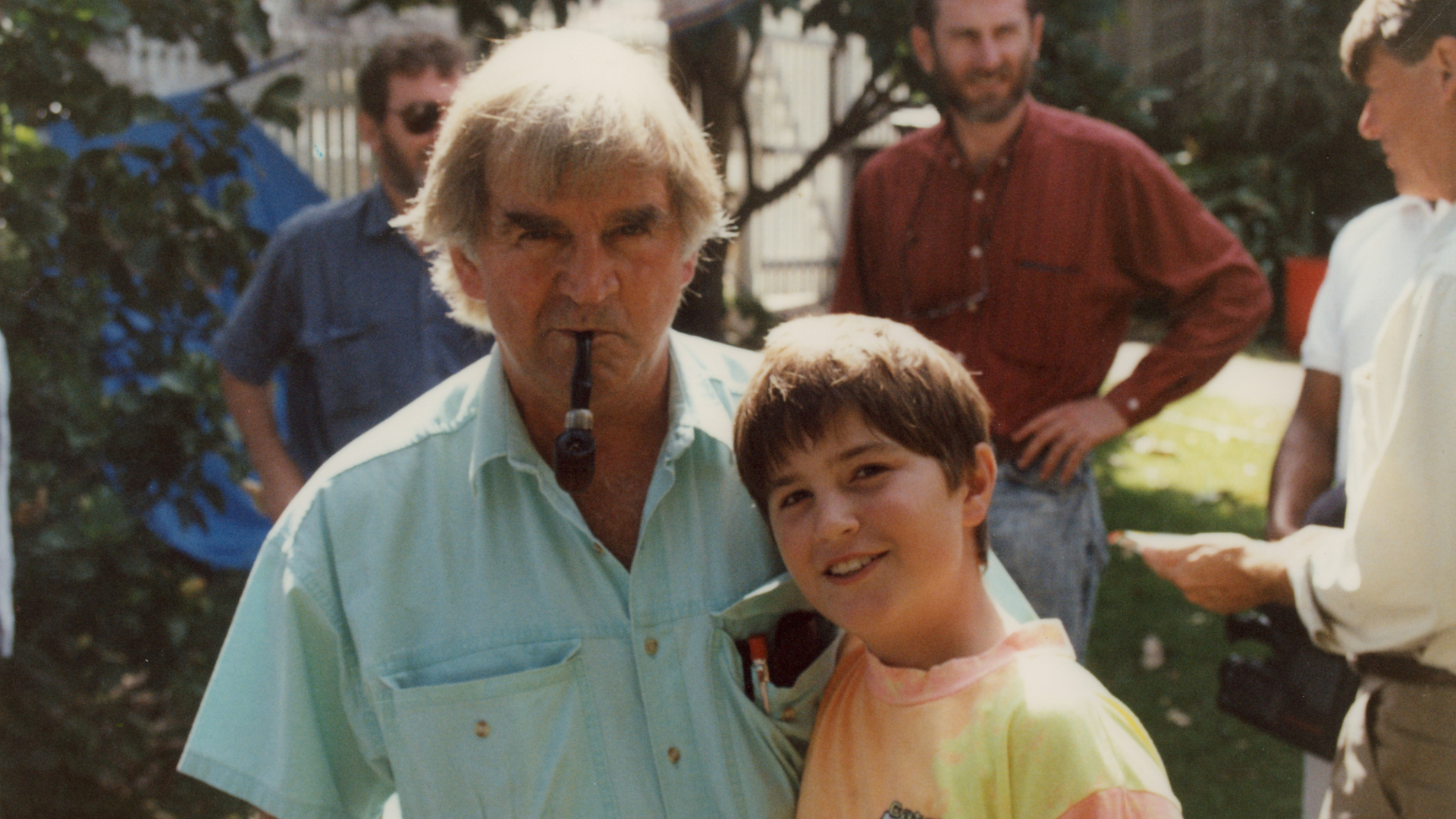
7 Things My Dad Taught Me About Changing Lives
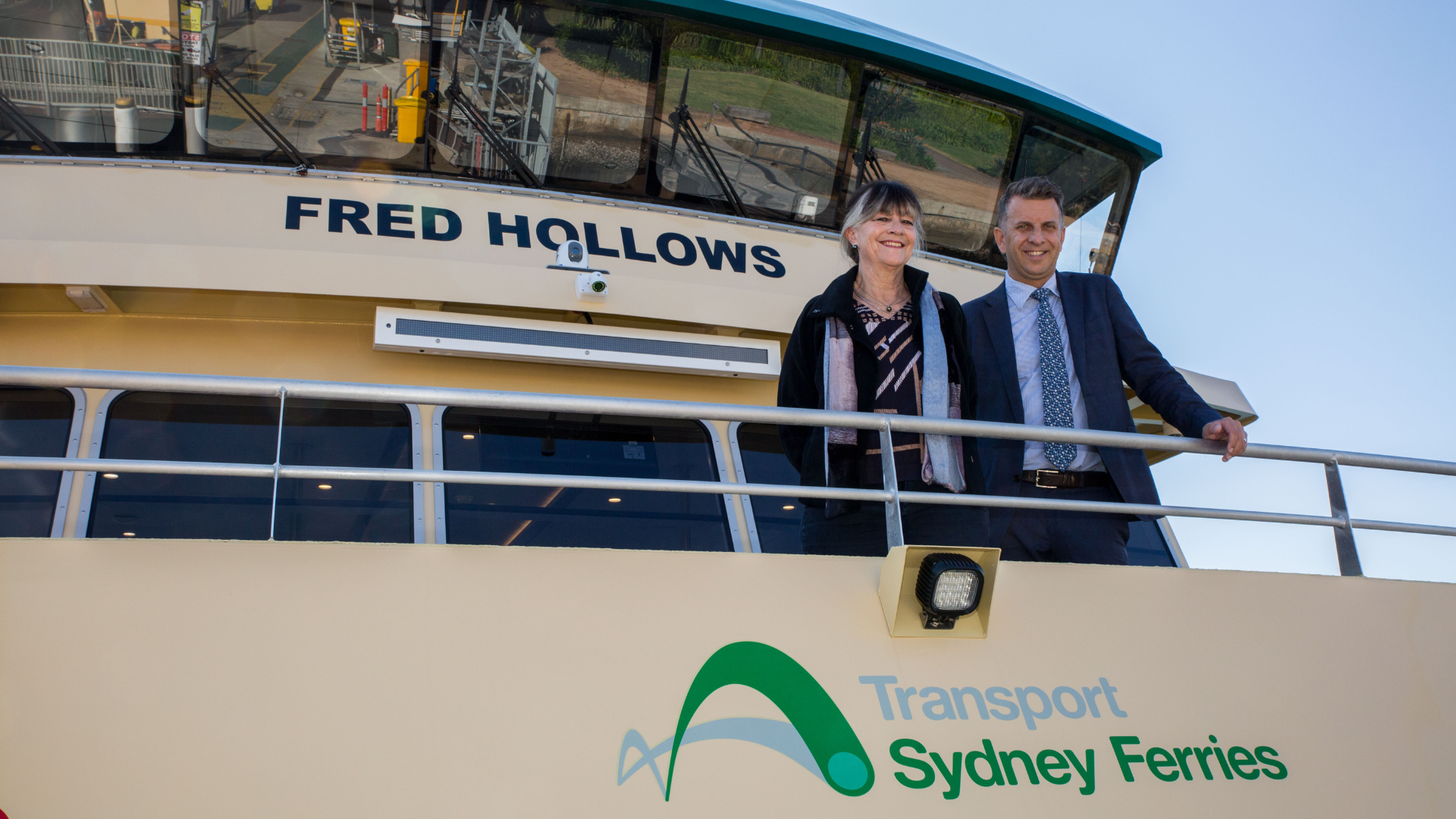
7 things named after Fred Hollows
